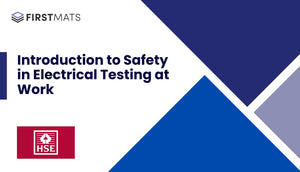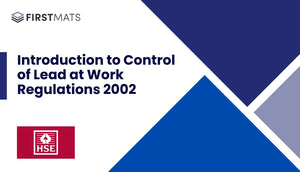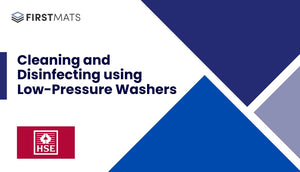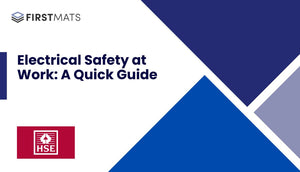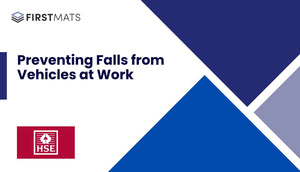Article Index:
Introduction
This article provides a simplified guide to the Health and Safety Executive (HSE) document titled "Cleaning and disinfection using a low-pressure washer". The original document is aimed at helping employers, including the self-employed and franchisees, to comply with the Control of Substances Hazardous to Health Regulations 2002 (COSHH). It outlines good practices for using personal protective equipment (PPE) and controlling exposure to hazardous substances. The document code is SR1.
Main Points
- Avoid or minimise skin contact with chemicals.
- Ensure all controls are being used properly.
- Consider substituting with safer products.
- Some chemicals can be flammable, so your controls must suit those hazards too.
Control Approach S
The document outlines a control approach named "S" which focuses on avoiding harm via skin or eye contact. This involves setting up barriers, posting warning signs, keeping people away while using a pressure washer, and providing good washing facilities. It also recommends using designated areas for pressure washing and ensuring nearby electrical fittings are waterproofed.
Personal Protective Equipment (PPE)
Using appropriate PPE is crucial. The document provides detailed guidelines on choosing the right PPE, using respiratory protection equipment (RPE), providing protective gloves, waterproof boots, and goggles, and using skin creams for added protection.
Procedures
Proper storage and use of products containing chemicals is important. Workers should follow instructions on the labels and make up solutions for immediate use only. Cross contamination should be reduced by washing out equipment after use.
Special Care
Some chemicals can cause dermatitis, damage eyes, or cause asthma. Products containing hydrofluoric acid, formaldehyde, or glutaraldehyde should be avoided if possible. If products contain enzymes, seek advice.
Maintenance, Examination, and Testing
Regular maintenance of equipment is essential for its effective and efficient operation. Workers should check their skin for dryness or soreness every six months and seek specialist advice if necessary.
Training and Supervision
Workers should be informed about the risks of using the product. If products can cause skin or eye damage, plans for first aid should be in place. Proper training and supervision of workers is crucial.
Conclusion
This article provides a simplified guide to the HSE's document on cleaning and disinfection using a low-pressure washer. The guidelines help ensure the health and safety of workers by outlining best practices for using PPE, controlling exposure to hazardous substances, and maintaining equipment. Following these guidelines can help employers comply with COSHH Regulations 2002.


